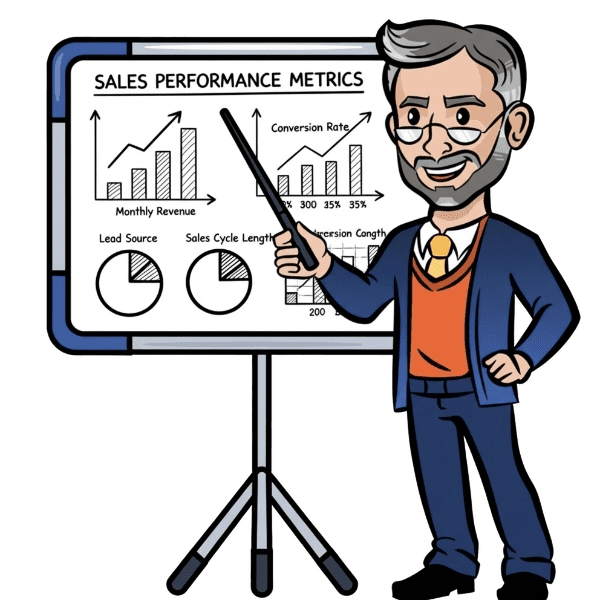Definition: An SEO strategy is a comprehensive plan designed to improve a website’s visibility in organic search results. It involves a combination of on-page optimization, content planning, technical SEO, and backlink building—aligned with business goals and user intent—to attract qualified traffic and increase rankings over time.
A strong SEO strategy isn’t just about keywords—it’s about creating search-driven content and experiences that deliver value, build authority, and drive measurable results.

Use It In a Sentence: We overhauled our SEO strategy to focus on long-tail keywords, technical fixes, and content clusters—doubling our organic traffic in 90 days.
Why SEO Strategy Matters
With over 90% of online experiences beginning with a search engine, a well-planned SEO strategy gives you:
- Higher visibility in Google, Bing, and other engines
- Increased qualified, evergreen traffic
- Lower customer acquisition cost (CAC) over time
- Greater authority in your niche or industry
- Scalability—results compound month over month
SEO is a long-term asset that builds momentum, unlike paid ads that stop the moment the budget runs out.
If you want to build a stronger top-of-funnel foundation using organic search, our course Top of Funnel: Organic Search/SEO Marketing teaches how to attract and convert qualified organic traffic using search-driven strategy.
Key Elements of a High-Performing SEO Strategy
| Pillar | Focus | Tactics |
|---|---|---|
| Keyword Strategy | Target search terms your audience actually uses | Keyword research, SERP intent analysis, clustering |
| Content Strategy | Create relevant, valuable content to match user queries | Blogs, landing pages, product copy, pillar/cluster models |
| On-Page SEO | Optimize individual pages for keywords and readability | Meta tags, headers, internal links, image alt text |
| Technical SEO | Ensure your site is crawlable, indexable, and fast | Page speed, mobile-friendliness, schema markup |
| Link Building | Increase domain authority through quality inbound links | Digital PR, guest posting, outreach campaigns |
| User Experience (UX) | Improve dwell time, engagement, and conversions | Mobile UX, page layout, CTAs, navigation |
| Performance Tracking | Measure what matters | Google Search Console, GA4, Ahrefs, Semrush |
Types of SEO Strategies
| Strategy Type | Use Case |
|---|---|
| Local SEO Strategy | For businesses targeting city-based or regional traffic |
| eCommerce SEO | Product/category SEO, structured data, filters |
| B2B SaaS SEO | Long-form content, use cases, high-intent lead keywords |
| YouTube SEO | Optimize video titles, descriptions, tags, and thumbnails |
| International SEO | Multi-language sites, hreflang, country-specific URLs |
How to Build an SEO Strategy (Step-by-Step)
- Define your SEO goals
Organic traffic? Leads? Sales? Visibility on specific topics? - Perform an SEO audit
Evaluate your current site for technical, content, and backlink health. - Conduct keyword research
Focus on user intent and opportunity size—not just volume. - Plan your content calendar
Map high-intent keywords to specific pages and blog topics. - Optimize your website
Implement on-page SEO, improve technical structure, and boost UX. - Earn backlinks
Create link-worthy content, conduct outreach, or run PR campaigns. - Monitor and refine
Track keyword rankings, click-through rates, and engagement to adjust your strategy.
SEO Strategy vs. Tactics: What’s the Difference?
| Aspect | SEO Strategy | SEO Tactics |
|---|---|---|
| Focus | Long-term plan aligned with goals | Short-term actions to execute the plan |
| Scope | Holistic: content, tech, links, UX | Specific: update title tag, fix 404, build link |
| Timeline | Months to years | Days to weeks |
| Example | Build topical authority on B2B automation | Publish 10 blogs targeting “workflow automation” |
Final Thoughts: Strategy Over Shortcuts
An effective SEO strategy is not a one-time checklist—it’s a living system. It evolves with search engine updates, audience behavior, and content performance. Instead of chasing hacks, focus on intent, quality, and technical excellence.
Play the long game, and your site will turn into a lead-generating machine.
More Definitions & Related Blogs
Explore more search and visibility insights from the Sales Funnel Professor:























